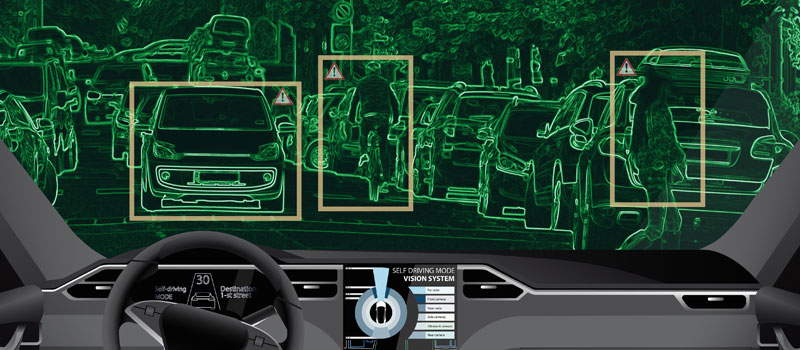
So, the government has announced we will see driverless cars on British roads in the New Year. Four cities and towns – Bristol, Milton Keynes, Coventry and Greenwich in south London – are to be testing grounds for so called ‘autonomous vehicles’ from January 1 to enable innovators to gain a greater understanding of this burgeoning area of technology and for the public to get used to the idea.
Initially, many of the projects will focus on shuttle services – in Milton Keynes for instance, self-driving pods will transport people from the station to the shopping centre along pedestrianised routes. Other areas that will be explored include how driverless cars can help reduce congestion and what infrastructure is required to help vehicles navigate and find empty parking spaces, for example. Just what impact driverless cars could have on road regulations and the insurance sector are other topics up for investigation.
These recent announcements are the latest in a string of developments this year relating to driverless cars. In November, Audi unveiled an Audi RS7, with built-in ‘piloted driving’, that zipped around the Grand Prix track at Hockenheim at speeds of over 140mph. Back in the summer we also got a first glimpse of Google’s self-driving car that comes without steering wheel, brake or accelerator pedal. The vehicle combines GPS with software controlled radar, lasers and cameras to detect objects, people, cars, road markings and signs, as well as less predictable obstructions such as cyclists and road works.
All very clever, but just how do we see these technologies being used in the future? Cars are multi-purpose vehicles and I see the technology being applied in differing degrees depending on the situation. I’m sure many motorists would be happy to give over the controls when they are stuck in traffic or setting off, still half asleep for their Monday morning commute. What’s more with military GPS now accurate to something approaching 300mm and with advances in supercomputing it is inevitable that one day computers be able to produce real-time calculations to manage traffic flows and to direct vehicles away from tailbacks. We can only hope this will lead to less traffic chaos on the A12!
At the other extreme, we know that for many there is an emotional response to cars and a lot of people enjoy taking theirs out for a spin. If they are heading out for a pleasurable night drive through country lanes or across open countryside, most will probably want to take over control of the steering wheel again.
We must also ask ourselves, whether some of the functionality being developed in this area is actually useful. Technology that enables parallel parking, for example, does not make driving any safer, and could be seen as a clever trick to help people who are not really capable of reversing into a parking space – a manoeuvre that has been used as a measure of driving competence for years.
And then there’s the whole area of ethical settings for driverless vehicles. While driverless cars may be able to avoid obstacles in the road, can they really replicate the decision-making process of a driver unfortunate to find themselves in a crash situation. If you are about to pile head on into another vehicle, do you swerve and hit a bus stop full of school children or brace yourself and take the impact?
These are the testing questions that innovators in this area are having to ask themselves.
Warley Design offers mechanical design, engineering and product development services to a broad range of industries. If you have a development programme that we can help you with please contact us.